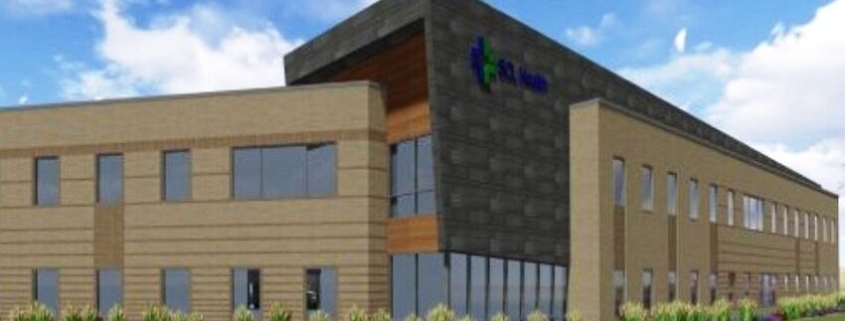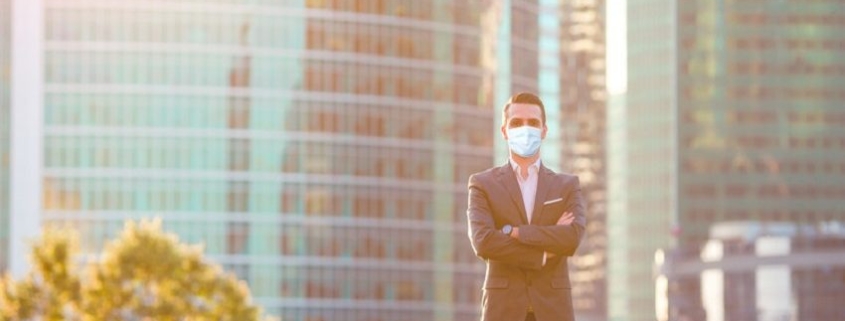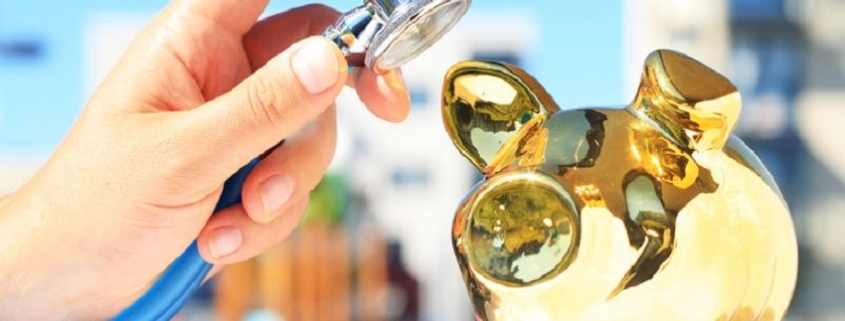Partners To Bring SCL Health Anchored Facility To Candelas Community
Mortenson Development, Inc., the development arm of top-20 U.S. builder Mortenson, just announced it will soon break ground on a new 43,732-square-foot Class A medical office building at the intersection of West 91st Place and Candelas Parkway within the rapidly growing Candelas master-planned community in Arvada, Colorado.
Mortenson has worked closely with SCL Health to deliver more than 40 projects over the last decade. This marks the first project on which Mortenson will act as a developer/owner for the nonprofit healthcare organization.
“Access to quality healthcare has never been more important, and we’re proud to be working with SCL Health to bring this primary care facility to the Candelas community,” said Taber Sweet, Director of Real Estate Development with Mortenson Development, Inc. in Denver. “Acting as a development partner on a vital healthcare project like this is one of many ways Mortenson delivers value to its clients and invests in building stronger communities here in Colorado.”
The new two-story facility, designed by Davis Partnership Architects, will provide the Candelas community with convenient access to primary care physicians. Mortenson was responsible for site planning and design services for the development, including managing all entitlements and city approvals. The project team anticipates breaking ground on the new facility later this summer, with completion anticipated in summer 2021.
“With more than 4,300 new homes currently under construction in Candelas, we recognized the growing need for access to compassionate, high-quality and effective care in this community,” said Steve Chyung, Senior Vice President with SCL Health. “This project represents an important expansion of SCL Health’s network of care. Through our work with Mortenson, we look forward to delivering a new facility that will allow us to provide comprehensive, mission-driven care solutions in the heart of Candelas.”
SCL Health provides coordinated care through eight hospitals, more than 150 physician clinics, and home health, hospice and mental health and safety-net services primarily in Colorado and Montana.
Mortenson partnered with Seavest Healthcare Properties LLC in a joint venture to develop the project. Seavest is a sector-specific investor focused on investing in medical office buildings and outpatient facilities of all types that are strategic to hospitals. Seavest has been a recognized owner and manager of these critical assets for more than 30 years.
“We are pleased to join with Mortenson to assist SCL Health to bring healthcare services to Candelas,” says Jonathan “John” Winer, Seavest Senior Managing Director and Chief Investment Officer. “Mortenson has done a terrific job of designing and planning for the project and we look forward to getting in the ground shortly.”
Associated Bank provided the construction financing loan totaling approximately $9.6 million. Since 2012, Mortenson Development, Inc. has partnered on the development of nearly 700,000-square-feet in the healthcare space.
Source: HREI




